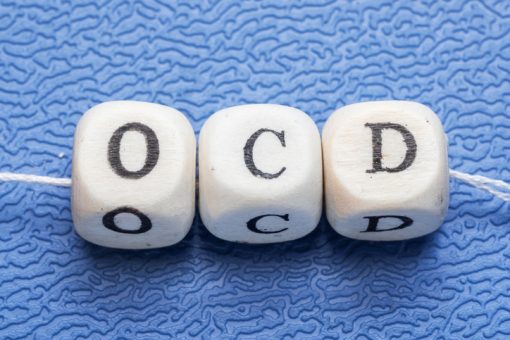In: Blogs

Panic disorders and Their Tie to Valium Addiction
Valium, diazepam, is a long-acting benzodiazepine, that is often used, against recommendation, to treat anxiety disorders such as panic disorder. Benzodiazepines…
Read More
Co-occurring Disorders in Teenagers: Cocaine and Anxiety
Anxiety commonly occurs in the teenage population due to the many changing factors associated with this life stage. Hormonal changes, physical…
Read More
Teenage Addiction and Self-Harm: Co-occurring Disorders
Nonsuicidal self-injury disorder, better known as self-harm, is characterized by the purposeful actions of causing physical harm to oneself without the…
Read More
Seasonal Affective Disorder, Holiday Anxiety and the Holiday Blues
Shorter daylight, colder temperatures and the beginning of fall and winter can trigger feelings of low mood, lack of motivation, loss…
Read More
Netflix documentary “Heroin(e) Highlights Opioid Documentary
The opioid epidemic has been ravishing through the United State of America since the 1990’s and it has been worsening over…
Read More
When Typical Teenager Behavior Becomes Troubled Teenager Behavior
As teenagers begin to assert their independence and find their own identity, many experience behavioral changes that can seem bizarre and…
Read More
How Can I Tell if My Child Have Anxiety?
An anxiety disorder is characterized by an irrational, persistent, and overwhelming sense of fear and worry that interferes with daily activities….
Read More
Is There More Than One Type of Childhood Anxiety?
Anxiety disorders in children are characterized by a sense of overwhelming, persistent and unrealistic fear and worry. Anxiety can result in…
Read More
How Can I Help My Child During an Anxiety or Panic Attack?
Anxiety attacks, formally known as panic attacks, are scary. As a parent, it can be extremely devastating to witness your child…
Read More
How to Treat my Child’s Anxiety Disorder?
Anxiety disorders are known to affect 25% of children between 13 and 18 years of age and can severely interfere with…
Read More